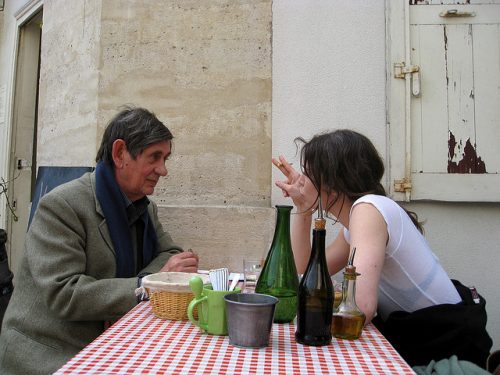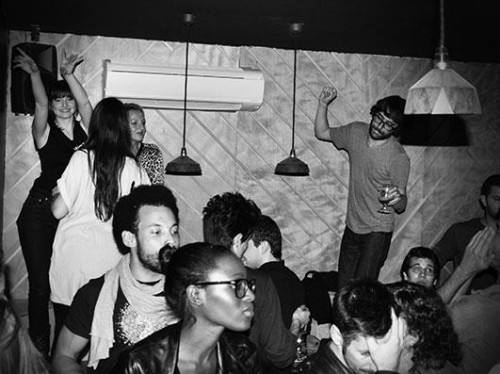Edible Marais
With excellent shopping, unique art & architecture and a vibrant gallery scene, the Marais attracts a huge number of visitors. There are some outstanding food & wine options within this maze of fashionable streets, and we’ve selected our favorites for you here. Read More »Edible Marais



